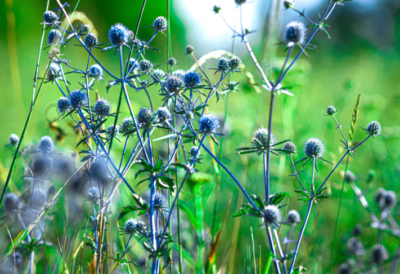Weed management methods for your pasture in Sedalia and surrounding areas. Call now to get on our list (720)248-0000.
Weeds are a major problem for homeowners and the city councils alike. The are invasive, taking over land and preventing trees and other plants to grow well. It’s important to manage the growth of the weeds, and there are a few tried and tested methods to help.
Mowing the Weeds Away
Mowing is one of the main ways to get rid of vegetation, and it is popular for roadside crews. Mowing helps to reduce the chance of the seeds from spreading, making it harder for the weeds to spread and grow. However, they need to be mowed at the right time.
You’ll usually find mowing takes place throughout the summer months, starting in May and running through to September. Although this isn’t possible on all roads due to the type of gravel as it can cause dangers to cyclists, pedestrians, and more.
Mowing will suppress the weeds. The roots are still there.
Using Herbicide on Weeds
A way to get rid of weeds is to use herbicides. It’s important to use those that are for weeds specifically, otherwise, they’ll just kill the other vegetation in the area. There is public concern over the use of herbicides as they are also problematic for the wildlife in the area. There are options that are less toxic than others, and these are the ones the County will use.
Grass and plants are left unaffected by the herbicides. They’re used more commonly when the growth of weeds has become out of control.
Pull the Weeds by Hand
One of the most effective methods to manage weeds is to pull them. This is great along trails and roadsides, and it usually involves volunteer groups to go out as this is a time consuming option. The benefit of handpulling is that it gets the weeds out from the roots. It’s important to use a bag over the top of any flowers to prevent the seeds from spreading.
This needs to happen regularly for three to five years in one spot to help ensure all the weeds are gone.
Using Animals to Help Control the Problem
Animals are also great for weed management. You can get goats and other herbivores to eat the weeds. This is an expensive way to do it, and it doesn’t get rid of all the weed issues, especially the most noxious ones. There’s also the risk of spreading disease among wildlife.
Using Insects for Bio-Control
How about biological weed control? Insects can also be good for managing weeds, but you’ll need to get the right type of insects to manage the issue. Boulder County has seen success in managing musk thistle, diffuse knapweed, dalmation toadflax, field bindweed, and leafy spurge through insect control. It can take three to five years to establish an insect population that can manage the problem. Full weed control isn’t possible through this method.
You can also get other plants that will help to work against the weeds. Whatever method of weed management you do, it’s important to remain consistent to help deal with the full issue.


